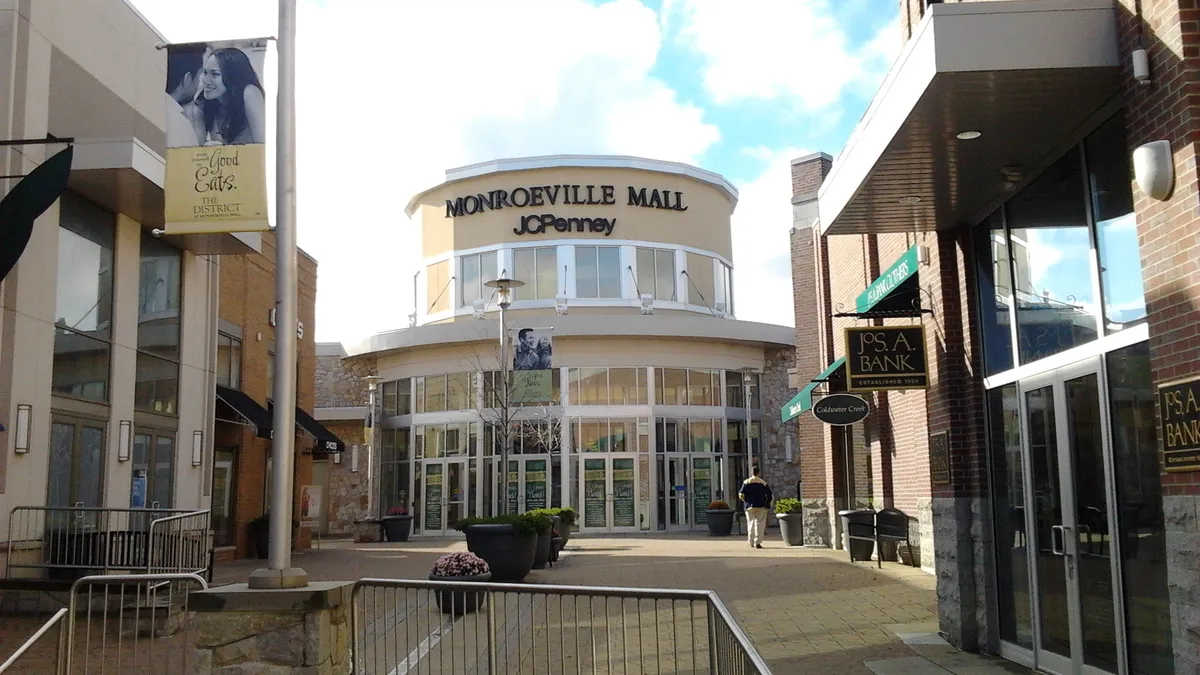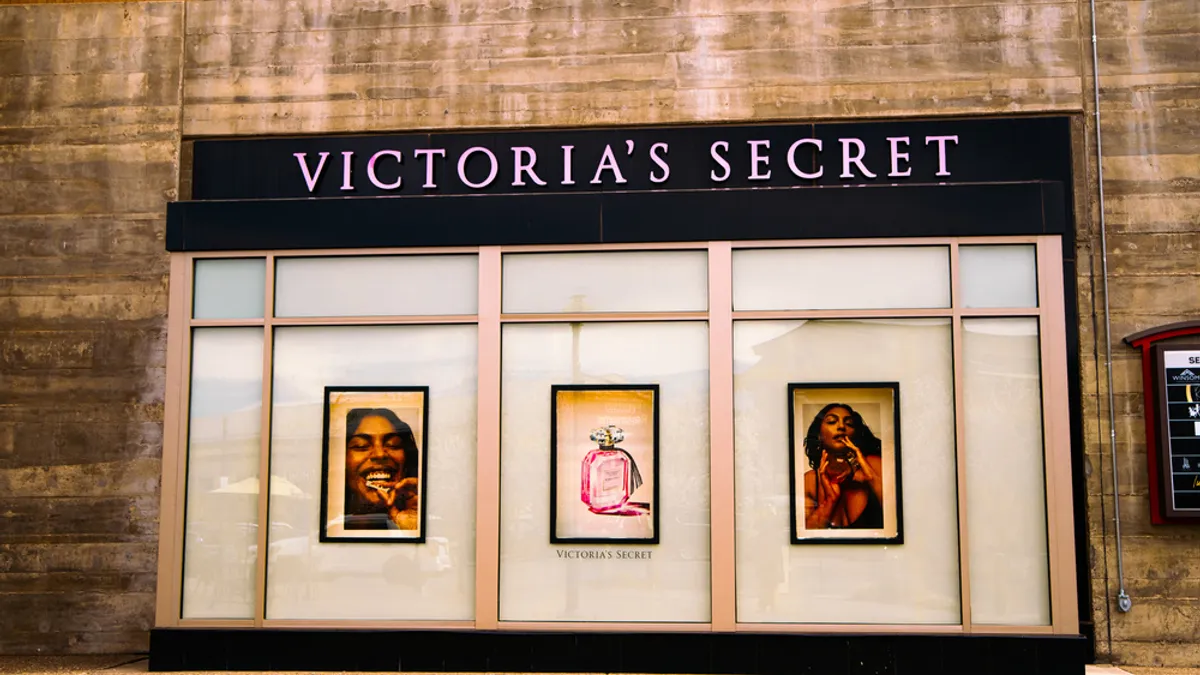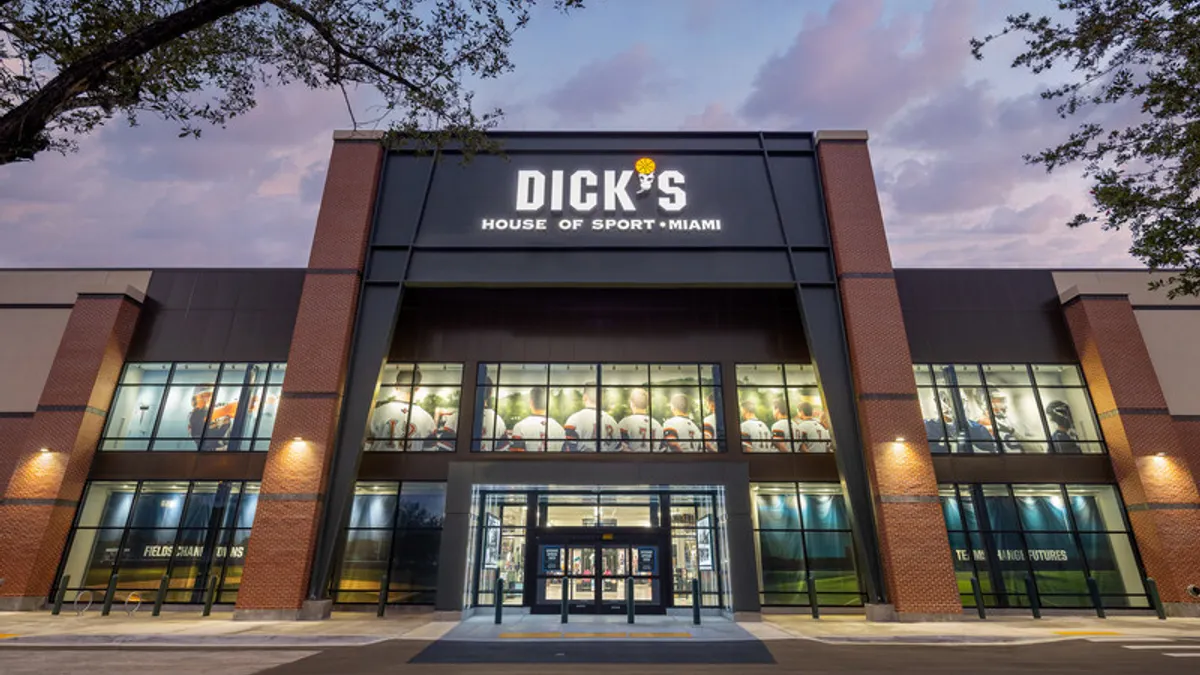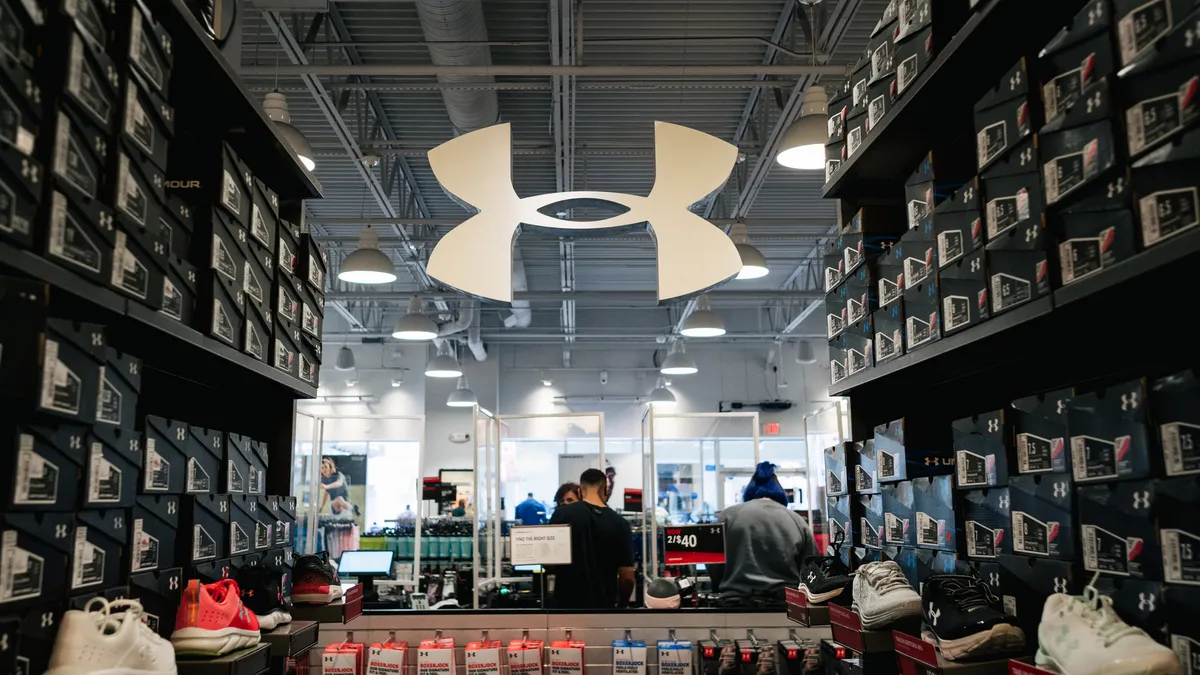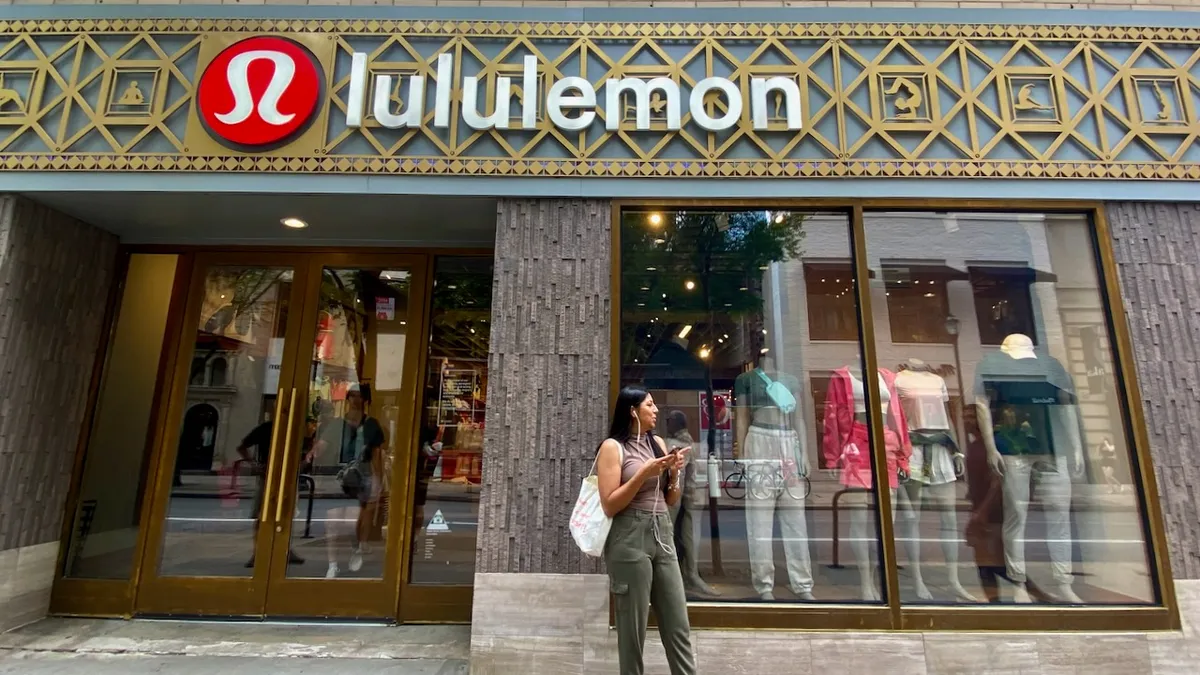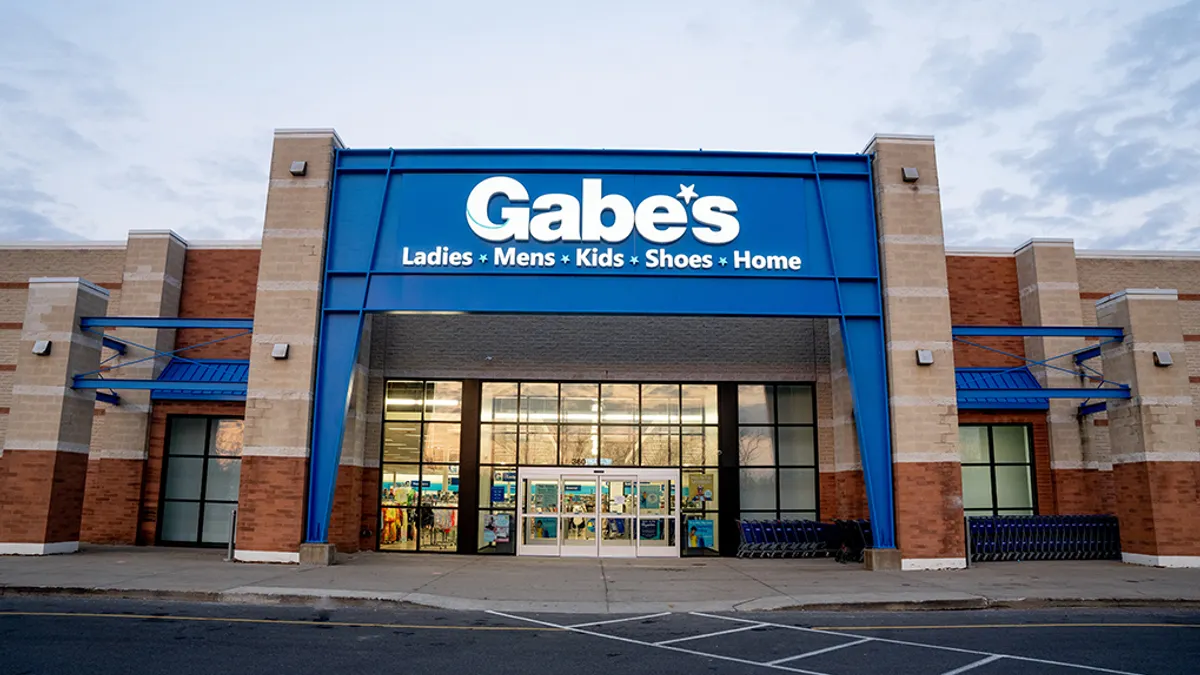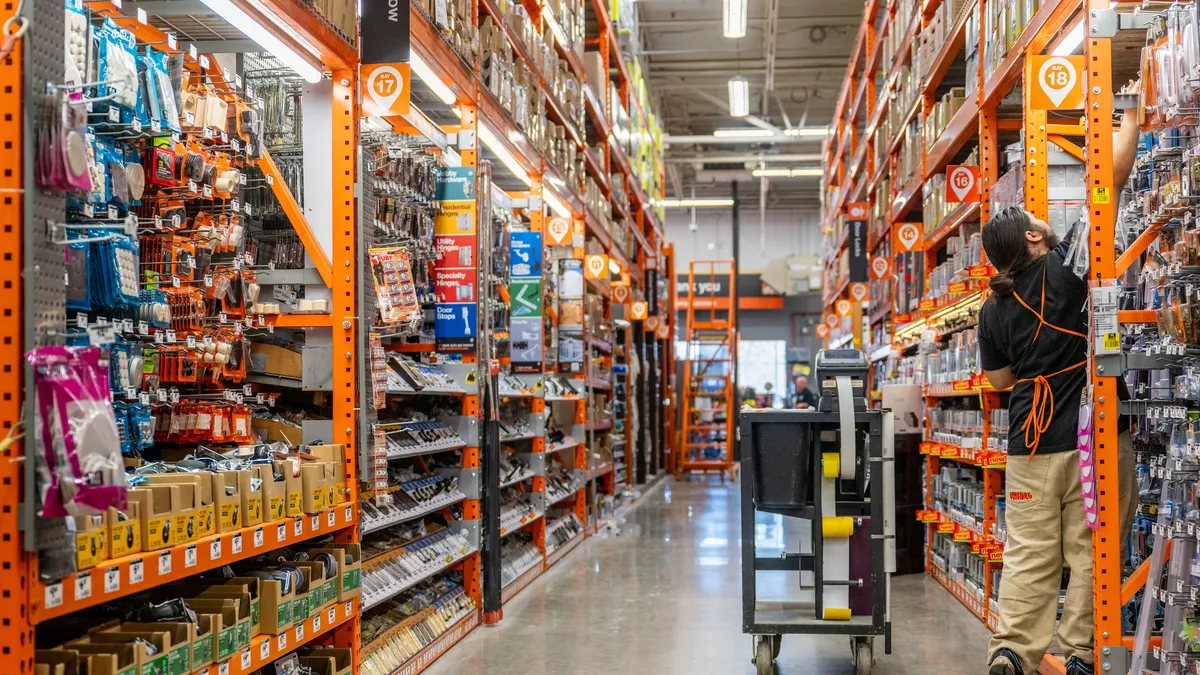Editor’s note: Michael Brown is a partner and Roy Kamar is a manager in the consumer practice of Kearney, a global strategy and management consulting firm. Views are their own.
In earlier days of retail, the more products you had on your shelves, the better. But with shelves overflowing and new products launching every year, that approach no longer works. Today, an out-of-control product selection can hurt customer satisfaction, retail differentiation, and most importantly, profitability. Retailers need to rethink their strategy and take back control of their shelves.
The old way is no longer working — for too long, retailers have been playing defense, stocking for “in case” rather than because there was actual consumer demand. As a result, the vast majority of retailers offered the same wide range of products in order to stand out, while marketers relied on endless price cuts, trying to please everyone. This approach ended up giving manufacturers more control than retailers, leaving them with little room to carve out their own unique identity as merchants.
The antidote: Make every SKU count
It’s time to resist this urge and re-master the art of being a great merchant. Retail isn’t one-size-fits-all. To truly succeed, retailers need to home in with equal intensity on three main principles:
First, tap into customer loyalty. Not every customer is a good customer, so retailers need to understand who their ideal shopper is and focus on winning their loyalty. To get there, retailers need to define what they stand for — whether it’s offering healthier options, premium products, or providing great value — and adjust their product selection to reflect this. This might mean losing a few customers, but it will ultimately help attract a loyal base that supports the store’s vision.
Secondly, think about your branding. Your store’s name is your brand, and it should be managed the same way any CPG brand manages theirs. Many retailers make the mistake of thinking they’re just a place to sell other brands’ products. But there are some exceptional retailers that have built their own brand — think Wegman’s, Trader Joe’s, Costco. These stores have strong, unique identities, and they don’t just act as a middleman between customers and manufacturers. They create something people seek and are excited to support.
Profits: While the bottom line is everything, it’s about a lot more than cutting costs. Profitability is the end result of doing hundreds of small things right while paying equal attention to the top and bottom lines. One key element of this detail orientation is understanding that every SKU on your shelves needs to pull its own weight.
The ultimate mission: Retaking control of your shelves
Profitability driven by customer loyalty can be built by retaking the shelf. Too many retailers have relied on promotions and discounts to make up for poor sales, without asking themselves why those sales were declining in the first place. The last 50 years have seen many different strategies and models to measure profits and sales, but retailers have largely overlooked the hidden costs of managing shelf space and product inventory.
This not only made it hard to predict winners at the individual SKU level but failed to fully integrate supply chain and warehouse-plus-store labor costs into assortment decisions. It also mistook “item profitability” for actual consumer demand.
Profitability should never be the only reason a SKU makes it onto the shelf. Occasionally products that may not directly contribute to profits — perhaps they build customer loyalty or encourage larger basket sizes — should be a part of the mix. These items are important to the retail brand’s identity and customer satisfaction and should be protected.
Next comes creating a plan for profitable shelves. The secret to long-term retail success is simple: Manage your shelves well. Every product needs to fit within your brand identity and offer the best experience for your customers. Many retailers still rely heavily on trade spending (aka promotional money), but this shouldn’t come at the expense of losing control over your product selection.
It all comes down to balance. While trade funds will continue to be part of the strategy, they shouldn’t overshadow the long-term goal of managing assortments that align with the store’s vision. Regular assessments of product performance and ongoing data analysis are essential to keeping shelves stocked with the right products. Amid this, a vision for your retail brand is essential
Human insight and technology must get equal billing
Your shelves will never be perfect, but they will become continuously better through the use of data-based analytics and quarterly SKU/set/category assessments.
Technology can help retailers streamline operations, but the human element is really what makes the difference here. Retailers need to empower their teams — buyers, merchandisers and category managers — to focus on performance reviews and customer insights. Hiring experts like ethnographers who search deeply into what consumers want, can provide a deeper understanding of how to stock those shelves and help maintain the merchandise’s relevance, bringing the customer back time and again.
While it might feel risky to step back from traditional retail practices, change is nothing new. Over 100 years ago, the rise of self-service stores changed the retail game. Now, it’s time for today’s retailers to start their own revolution and reset the standard for great merchandising by focusing relentlessly on carefully curated, customer-driven assortments.




